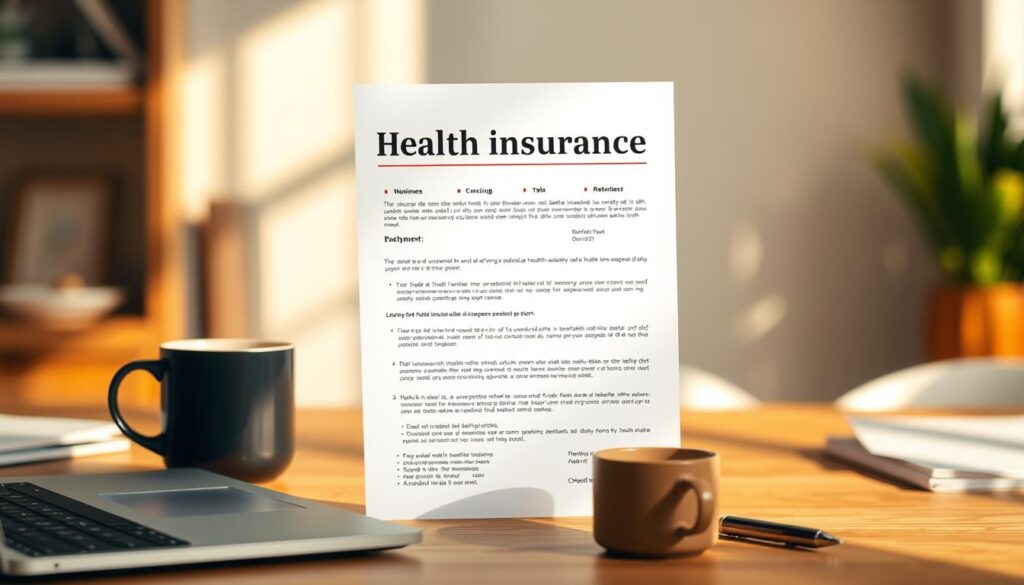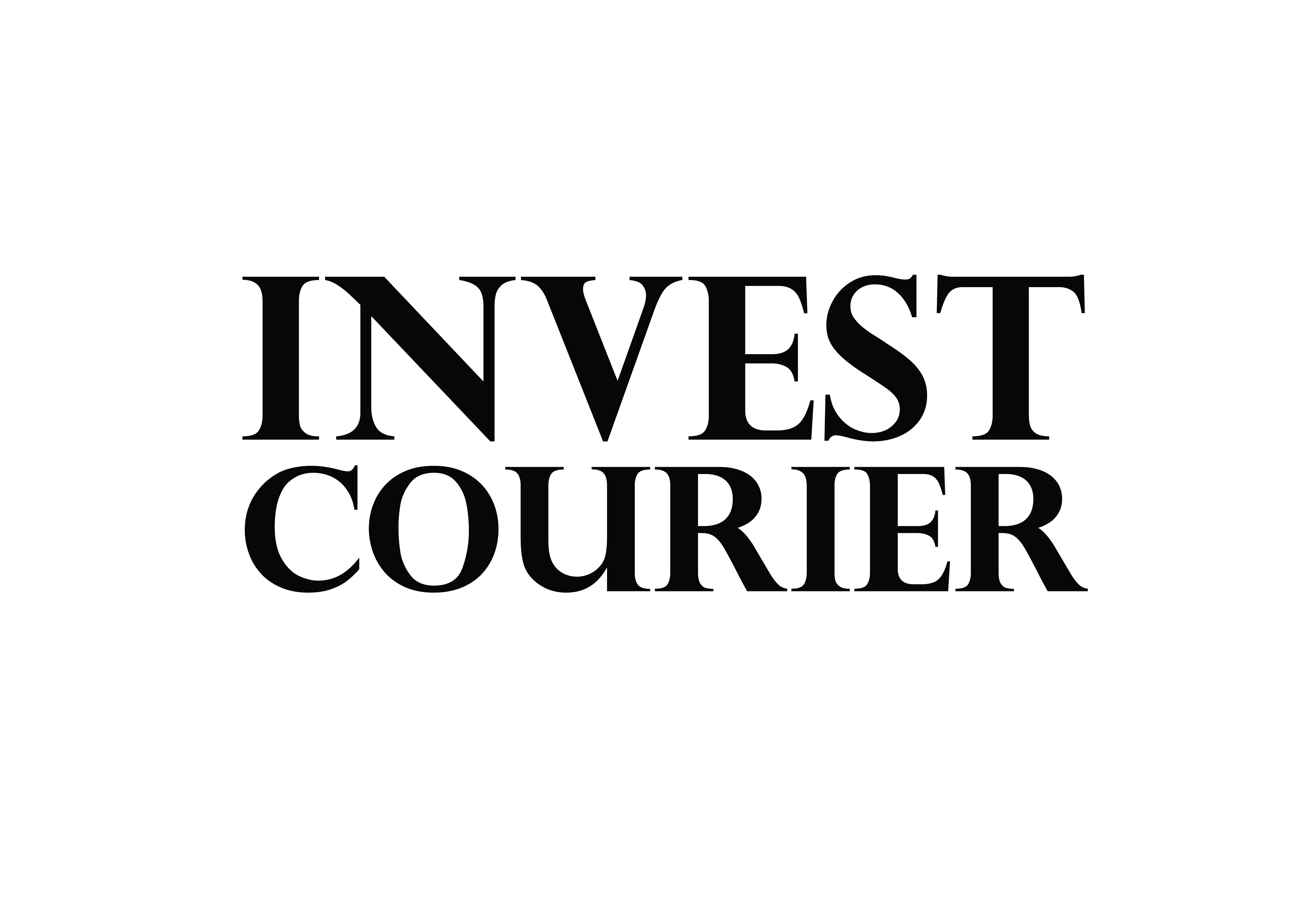The gig economy is booming, with 64 million Americans now working independently. Whether you’re a freelancer, consultant, or side hustler, managing money can feel overwhelming. Irregular income, taxes, and retirement planning require smart strategies.
Take Melanie Lockert, a freelancer who turned her side gig into a full-time career. Like many, she faced challenges with budgeting and taxes. But with the right tools, she built stability. American Bank offers tailored solutions to help you stay ahead.
Proactive steps make all the difference. From emergency funds to tax management, planning ensures you thrive in today’s flexible work landscape. Let’s explore practical ways to secure your future.
Key Takeaways
- Over 64 million Americans freelance, making financial planning essential.
- Irregular income requires smart budgeting and tax strategies.
- Emergency funds protect against unpredictable cash flow.
- Tailored banking solutions simplify money management.
- Real-world examples show successful transitions to freelancing.
Why Freelancers Need a Financial Plan
Nearly 4 in 10 U.S. workers now freelance, yet many struggle with unpredictable paychecks. Unlike traditional jobs, independent work requires proactive strategies to handle fluctuating income, taxes, and retirement gaps. Without a roadmap, even high earners risk financial stress.
The Challenges of Irregular Income
Freelancers often juggle multiple clients, with 74% relying on side hustles to supplement earnings. H&R Block reports 85% of gig workers say their income hasn’t kept pace with inflation. This volatility makes budgeting essential.
Take Melanie Lockert, a freelance writer who paid off $68K debt. She used the 50/15/5 rule: 50% for essentials, 15% for retirement, and 5% for emergencies. Adapting to lean months requires discipline and tools like income averaging.
Unique Tax and Retirement Responsibilities
Traditional jobs withhold taxes automatically. Freelancers pay self-employment tax (15.3%) plus quarterly estimates. Deductions for home offices or mileage help, but tracking expenses is key.
Employers often match 401(k) contributions. Solo workers must fund their retirement entirely. Options like IRAs or SEP IRAs offer flexibility but demand consistent savings.
The thriving gig economy rewards independence—but smart planning turns hustle into lasting stability.
How to Create a Financial Plan for Freelancers and Gig Workers
Financial freedom for independent workers hinges on two steps: assessment and action. Start by evaluating your current standing, then craft goals tailored to your lifestyle. Here’s how to lay the foundation.
Assessing Your Current Financial Health
First, calculate your survival budget. Add up essentials like rent, utilities, and groceries. Compare this to your average income over six months—this reveals your baseline.
Fidelity recommends 3–6 months’ emergency savings. If gaps exist, prioritize building this cushion. Tools like *Mint* simplify tracking expenses, from coffee runs to home office electricity.
- Debt check: Use Credit Canada’s strategies to tackle high-interest balances.
- Tax prep: Set aside 30% of each paycheck for quarterly estimates.
Setting Short- and Long-Term Goals
Apply the SMART framework: Specific, Measurable, Achievable, Relevant, Time-bound. Example: “Save $500/month for a Solo 401(k) by year-end.”
*QuickBooks* helps invoice clients and forecast future earnings. Pair this with:
- Monthly reviews to adjust goals.
- Celebrating milestones (e.g., hitting $1K in savings).
Your credit score matters too. Regular monitoring and timely payments keep options open for loans or leases.
Budgeting for Stability with Irregular Income
Irregular paychecks don’t have to derail your financial stability. With 36% of gig workers reporting payment delays, a solid budget transforms uncertainty into control. Start by understanding your cash flow patterns.
Find Your Average Monthly Income
Use the Base Income Formula: Add 12 months of earnings, subtract a 20% buffer, then divide by 12. This accounts for lean months. Example: $60K yearly becomes ($60,000 – $12,000)/12 = $4,000/month.
Prioritize Essentials First
Adapt the 50/30/20 rule for freelancers:
- 50% for necessities (rent, bills, groceries).
- 30% for taxes and business expenses (e.g., a rideshare driver’s 35% car upkeep).
- 20% for savings and debt.
Tools to Automate Your Budget
*YNAB* syncs with accounts to track every dollar. *Mint* categorizes expenses automatically. Prefer simplicity? Spreadsheet templates work too. American Bank’s tools can auto-pay bills during busy seasons.
Pro Tip: Review your income quarterly. Adjust allocations as projects or rates change.
Managing Taxes as a Freelancer
Tax season hits differently when you’re self-employed—here’s how to stay ahead. Unlike traditional jobs, freelancers handle taxes independently, from calculating self-employment rates to tracking write-offs. Miss a step, and you could face penalties or a staggering tax bill.
Understanding Self-Employment Taxes
The IRS requires a 15.3% self-employment tax (12.4% Social Security + 2.9% Medicare). For example, if you earn $50,000 annually:
| Tax Type | Calculation | Amount Due |
|---|---|---|
| Social Security | $50,000 × 12.4% | $6,200 |
| Medicare | $50,000 × 2.9% | $1,450 |
| Total | $7,650 |
Pro Tip: SEP IRA contributions reduce taxable income tax—maximize this if you’re over 50 with a $1,000 catch-up.
Tracking Deductible Business Expenses
Write-offs lower your taxable income. Commonly missed business expenses include:
- Home office space ($5/sq ft for up to 300 sq ft)
- Mileage (65.5¢ per mile in 2023)
- Software subscriptions (QuickBooks, Adobe Creative Cloud)
Apps like Hurdlr auto-log deductions so you never overlook savings.
Making Quarterly Estimated Tax Payments
Freelancers pay taxes quarterly using IRS Form 1040-ES. Follow these steps:
- Estimate annual income (last year’s earnings × 1.1 is safe).
- Calculate 25% of your expected tax bill.
- Pay by April 15, June 15, September 15, and January 15.
Underpay? The IRS charges 0.5% monthly interest plus penalties. A tax professional can help optimize payments if your income fluctuates.
Saving for Retirement Without an Employer Plan
Planning for retirement looks different when you’re self-employed—but it’s far from impossible. With no company 401(k) match, you’ll need to explore alternatives like IRAs or solo plans. The good news? These accounts often offer higher contribution limits and tax advantages.
Choosing the Right Retirement Account
Compare three popular options for independent workers:
| Account Type | 2024 Contribution Limit | Best For |
|---|---|---|
| Traditional IRA | $7,000 ($8,000 if 50+) | Simple tax-deferred growth |
| SEP IRA | 25% of income or $66,000 | High earners wanting flexibility |
| Solo 401(k) | $66,000 ($73,500 if 50+) | Those wanting profit-sharing options |
Graphic designer Jessica Ramirez chose a SEP IRA eight years ago. By contributing 20% of her $85K annual income, she’s grown her retirement savings to over $140,000. “Automating transfers made it painless,” she shares.
Monthly Savings Targets That Work
Fidelity suggests saving 15% of your income annually. For a $60,000 earner, that’s $750/month. Break it down:
- Start with what you can—even $200/month grows with compound interest
- Use windfalls (tax refunds, bonuses) to boost contributions
- Increase by 1% yearly until you hit your target
Over 30 years, $500/month at 7% return becomes $566,000. Fidelity’s retirement calculator lets you personalize projections.
Late starter? Those over 50 can add $1,000-$7,500 annually in catch-up contributions. Every dollar counts when building your future.
Building an Emergency Fund for Lean Months
Freelancers know lean months happen—preparation makes them manageable. A robust emergency fund shields you from missed paychecks or unexpected costs like equipment repairs. Start small, but start today.

Calculate Your Safety Net
Fidelity recommends 3–6 months’ expenses. Single earners might aim for 3 months; families, 6. Use this formula:
- Essentials: (Rent + Utilities + Groceries) × 3–6
- Example: $2,500/month × 4 = $10,000 target
“My camera theft wiped out $3,000 overnight. Rebuilding my fund took discipline—but skipping Starbucks added up.”
Where to Stash Your Savings
Park funds where they grow but stay accessible. Compare options:
| Account Type | APY (2024) | Best For |
|---|---|---|
| American Bank Savings | 3.75% | Local branch access |
| Ally Online Savings | 4.25% | Higher yields |
| 3-Month CD Ladder | 4.50% | Locking in rates |
Pro Tip: Ladder CDs—split funds into 3-, 6-, and 9-month terms for liquidity and growth.
Avoid relying on credit cards for emergencies. With APRs averaging 24%, a $5,000 charge could cost $1,200 in yearly interest. Your future self will thank you for planning ahead.
Handling Irregular Income Streams
Stable income in freelancing starts with smart client management. Unlike traditional jobs, your earnings depend on project flow and timely payment. A strategic approach minimizes gaps and maximizes consistency.
Diversify Your Client Base
Relying on one or two clients risks instability. Use the 50/30/20 mix:
- 50% anchor clients: Steady, long-term contracts (e.g., retainer agreements)
- 30% regular projects: Repeat work from trusted sources
- 20% occasional gigs: One-off opportunities for extra cash
Mark, a freelance writer, shifted from Upwork’s volatile gigs to three anchor clients. His monthly income rose 40% with predictable retainers. “Diversification saved me during slow seasons,” he notes.
Secure Payment Terms Upfront
Canadian data shows 85% of freelancers face platform payment delays. Protect yourself:
- Contracts matter: Templates with 50% upfront payments deter non-payers.
- Escrow services: PayPal holds funds until deliverables are approved; Wise offers lower fees.
- Late penalties: Add clauses like “5% fee after 15 days” to invoices.
“A client once ghosted me on a $2,000 project. Now, I never hesitate to negotiate terms.”
The gig economy rewards those who plan ahead. With the right mix of clients and clear agreements, you’ll turn unpredictability into steady growth.
Essential Financial Tools for Freelancers
Smart freelancers leverage technology to simplify money management. The right business tools save hours on admin work while keeping your finances audit-ready. Let’s explore must-have solutions that scale with your growth.
Accounting Software Showdown
Top-rated platforms handle invoicing, expenses, and tax prep automatically. Compare these 4.5-star options:
- QuickBooks: Best for inventory tracking and 1099 contractor management
- FreshBooks: Ideal for service-based solopreneurs with time-tracking
- Xero: Bank reconciliation features suit high-transaction volume users
“Switching from spreadsheets to QuickBooks saved me 10 hours monthly—worth every penny.”
The Business Bank Account Advantage
73% of freelancers improve tax compliance by separating personal and business funds. Follow these steps at American Bank:
- Bring your EIN or Social Security number
- Choose between free checking or interest-bearing options
- Set up automatic transfers for tax savings
Commingling funds triggered an IRS audit for San Diego photographer Mia T. Her $8,200 penalty underscores why clean separation matters. Digital tools like Expensify auto-categorize office supplies and mileage—saving receipts becomes effortless.
Pro Tip: Link your bank account to accounting software for real-time cash flow visibility. This one-two punch keeps your account organized year-round.
Insurance Considerations for Gig Workers
Insurance isn’t just for traditional employees—it’s a freelancer’s safety net. Without employer-sponsored benefits, you’ll need to secure coverage for health, income, and assets. A single accident or illness could wipe out your savings. Proactive planning keeps your future secure.

Navigating Health Insurance Options
Marketplace plans offer flexibility, but Health Savings Accounts (HSAs) deliver triple tax advantages:
- Tax-deductible contributions: Up to $3,850 (2023 individual limit).
- Tax-free growth: Invest funds for long-term gains.
- Tax-free withdrawals: For qualified medical expenses.
| Plan Type | Monthly Premium | Best For |
|---|---|---|
| Marketplace (Silver) | $450 | Low deductibles |
| HSA-Eligible HDHP | $300 | Tax savings |
“My HSA covered a $2,000 ER bill tax-free. Now I max it out yearly.”
Disability and Liability Protection
Short-term disability replaces 60% of income for 3–6 months. Long-term policies kick in after 90 days but cost 30% less annually. Photographer Lena K. learned the hard way:
- Equipment rider: Covered her $15,000 camera theft.
- LLC formation: Shielded personal assets from lawsuits.
Pro Tip: Bundle policies with insurers like American Bank for discounts. Review coverage annually as your business grows.
Staying Motivated and Disciplined
Consistency separates thriving freelancers from those struggling paycheck to paycheck. Fidelity research shows 92% of goals are achieved with quarterly reviews. Small, regular check-ins beat annual overhauls.
Build a Quarterly Checklist
Track progress with these tips:
- Taxes: Verify quarterly payments match income changes.
- Clients: Aim for 3+ anchor clients to stabilize cash flow.
- Savings: Adjust rates if your emergency fund falls below 3 months.
American Bank’s dashboard tool auto-tracks these metrics. Set calendar reminders to assess your future goals every 90 days.
Celebrate Every Win
Freelancer Melanie Lockert threw a pizza party after paying off $68K in debt. Try these rewards:
- Debt thermometers: Color in progress visually.
- Accountability partners: Share wins with a fellow freelancer.
- Micro-rewards: A $5 coffee for hitting weekly targets.
“Seeing my credit score jump 50 points motivated me more than any lecture.”
Track credit health alongside savings. Tools like Credit Karma send free updates—perfect for staying motivated between paydays.
Conclusion
With 64 million Americans now in the gig economy, securing your financial future starts with action. Small steps today—like saving 15% for retirement or using American Bank’s toolkit—add up fast.
Your hustle built your business. Now, let smart plans protect it. Whether it’s automating taxes or diversifying income, the right ways bring stability. Remote work trends show this shift isn’t slowing down.
Ready to take control? Book a free consultation with our tax-savvy bankers. Remember: Compound growth favors those who start now—even with $50 today.
FAQ
Why do freelancers need a financial plan?
Freelancers face irregular income and unique tax responsibilities. A solid plan helps manage cash flow, save for retirement, and avoid tax surprises.
How do I budget with unpredictable earnings?
Calculate your average monthly income over 6–12 months. Prioritize essentials like rent and utilities, then use budgeting apps like Mint or YNAB to stay on track.
What’s the best way to handle taxes as a freelancer?
Set aside 25–30% of income for taxes. Track deductible expenses (home office, supplies) and pay quarterly estimated taxes to avoid penalties.
How can I save for retirement without an employer plan?
Open a Solo 401(k), SEP IRA, or Roth IRA. Aim to save 15–20% of earnings, starting small if needed.
How much should I keep in an emergency fund?
Save 3–6 months’ living expenses in a high-yield savings account like Ally or Marcus. It’s a safety net for slow work periods.
What tools help manage freelance finances?
Use QuickBooks for accounting, separate business/personal bank accounts, and PayPal or Stripe for smooth payment processing.
Should freelancers get insurance?
Yes! Explore health insurance via the Marketplace or an HSA. Consider disability and liability coverage to protect your income.
How often should I review my financial plan?
Check progress quarterly. Adjust budgets, savings, and goals as your income or expenses change.


